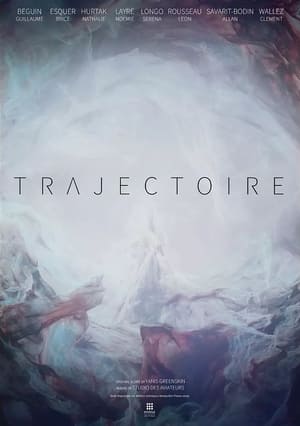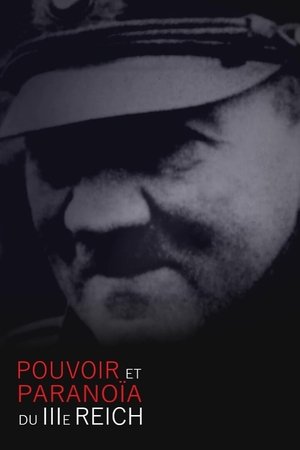
The Forger(2017)
Adolfo Kaminsky started saving lives when chance and necessity made him a master forger. As a teenager, he became a member of the French Resistance and used his talent to save the lives of thousands of Jews. The Forger is a well-crafted origin story of a real-life superhero.
Movie: The Forger
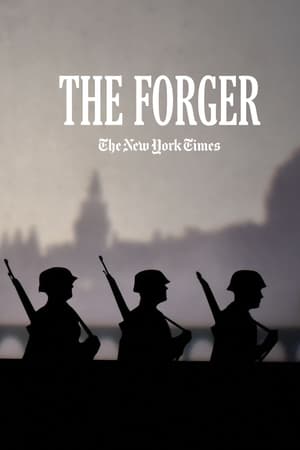
The Forger
HomePage
Overview
Adolfo Kaminsky started saving lives when chance and necessity made him a master forger. As a teenager, he became a member of the French Resistance and used his talent to save the lives of thousands of Jews. The Forger is a well-crafted origin story of a real-life superhero.
Release Date
2017-05-05
Average
0
Rating:
0.0 startsTagline
Genres
Languages:
Keywords
Similar Movies
 7.3
7.3German Concentration Camps Factual Survey(en)
On the 29th September 1945, the incomplete rough cut of a brilliant documentary about concentration camps was viewed at the MOI in London. For five months, Sidney Bernstein had led a small team – which included Stewart McAllister, Richard Crossman and Alfred Hitchcock – to complete the film from hours of shocking footage. Unfortunately, this ambitious Allied project to create a feature-length visual report that would damn the Nazi regime and shame the German people into acceptance of Allied occupation had missed its moment. Even in its incomplete form (available since 1984) the film was immensely powerful, generating an awed hush among audiences. But now, complete to six reels, this faithfully restored and definitive version produced by IWM, is being compared with Alain Resnais’ Night and Fog (1955).
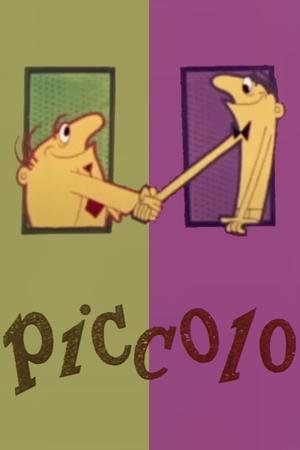 6.3
6.3Piccolo(sh)
Two men in adjoining duplexes, good friends, are enchanted by the song of a bird. One buys a small harmonica and learns to play it; he keeps his neighbor awake. The neighbor buys a larger harmonica, and an arms race ensues; the instruments get larger, until it's a piano vs. a pipe organ, and then they start bringing in larger groups of friends until an entire orchestra is playing the 1812 Overture. The houses collapse from all this, atop the dueling orchestras, and on their way up to heaven, the man puts his small harmonica up for sale.
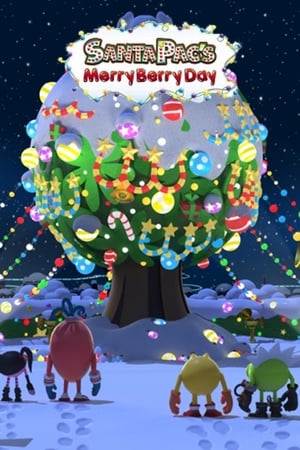 5.5
5.5Santa Pac's Merry Berry Day(en)
As Pacworlders excitedly decorate for Berry Day, Pac is saddened about missing his parents as he receives a picture ornament of them from his Aunt Spheria. The teens reminisce of their childhood Berry Day as they enjoy Christmas eggnog. Since Berry Day is one of the happiest days of the year, Betrayus launches a plan to get rid of the day by capturing Santa Pac and his Round Deer and to possess the gifts and Berry Day decorations. All Pac wants for Berry Day is to see his parents Sunny and Zac and is overjoyed when they arrive. But, his parents tell him they want to see the tree of life in the secret location which is forbidden. Are these Pac’s real parents or are they a trick from Betrayus and Dr. Slimestein? Let’s hope Berry Day can be merry after all.
 7.1
7.1The Arrival of a Train at La Ciotat(fr)
A group of people are standing along the platform of a railway station in La Ciotat, waiting for a train. One is seen coming, at some distance, and eventually stops at the platform. Doors of the railway-cars open and attendants help passengers off and on. Popular legend has it that, when this film was shown, the first-night audience fled the café in terror, fearing being run over by the "approaching" train. This legend has since been identified as promotional embellishment, though there is evidence to suggest that people were astounded at the capabilities of the Lumières' cinématographe.
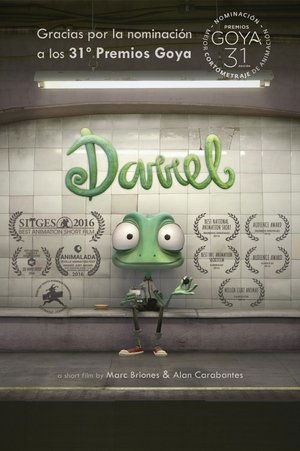 6.7
6.7Darrel(xx)
The tragic tale of two unlucky amphibians and a series of escalating blunders that ends their flirting for good.
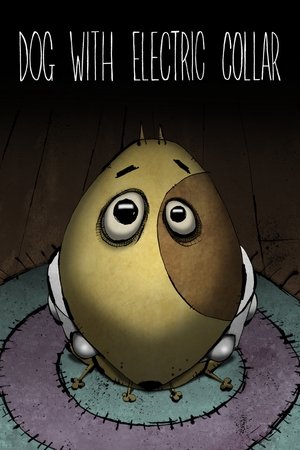 9.2
9.2Dog With Electric Collar(en)
A dog. An electric collar. And plenty to bark at... Sparks will fly!
R. F. Outcault Making a Sketch of Buster and Tige(en)
Buster Brown creater R.F. Outcault sketches his creation. Part of the Buster Brown series for Edison film studio.
 7.0
7.0Land Without Bread(es)
An exploration —manipulated and staged— of life in Las Hurdes, in the province of Cáceres, in Extremadura, Spain, as it was in 1932. Insalubrity, misery and lack of opportunities provoke the emigration of young people and the solitude of those who remain in the desolation of one of the poorest and least developed Spanish regions at that time.
Rambling 'Round Radio Row #1(en)
Jerry Wald has to write about radio, visiting Sid Gary gives him the tip it might be more easy for him to write this article at the radio station than at his newspaper office. At the studio they listen to the Boswell Sister's rehearsal, which is interupted by some not so friendly remarks by orchestra leader Abe Lyman, they listen at the door, where a Colonel Stoopnagel broadcast is prepared, as well as to the rehearsal of a new song for an broadcast by Kate Smith.
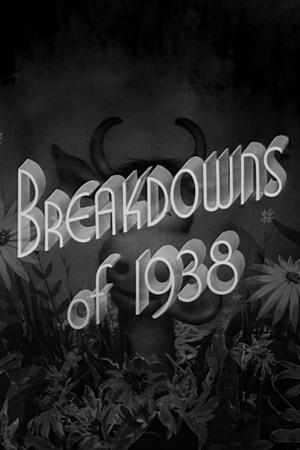 5.0
5.0Breakdowns of 1938(en)
Flubs and bloopers that occurred on the set of some of the major Warner Bros. pictures of 1938.
 1.0
1.0The Secret Masonic Victory of World War II(en)
Western Freemasonry and Eastern communists won WW2, leading to a secret holy war aiming for a one-world government and a single religion in a communist utopia.
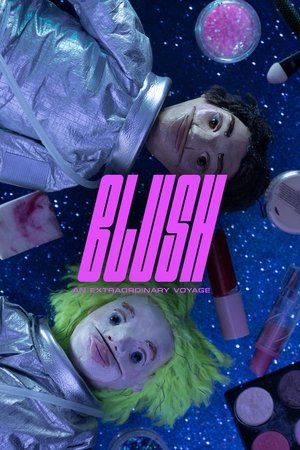 7.7
7.7Blush: An Extraordinary Voyage(fi)
For 18-year-old Finnish–Kosovan Fatu, a simple visit to the grocery store feels as nerve-racking as a lunar expedition: for the first time in his life, he’s wearing makeup in public. Luckily his best friend Rai, a young woman on the spectrum of autism, is there to ferociously support him through the voyage.
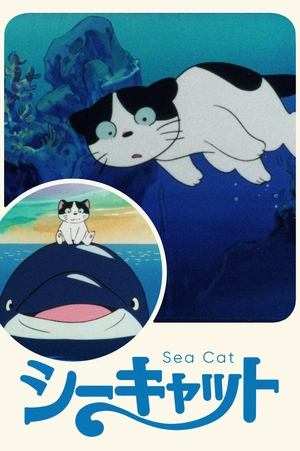 0.0
0.0Sea Cat(ja)
A short animated film about an orphan kitten raised with love by a sea otter, whom had lost her own child. The film's message was to promote the abolishment of nuclear weapons using anthropomorphic animals.
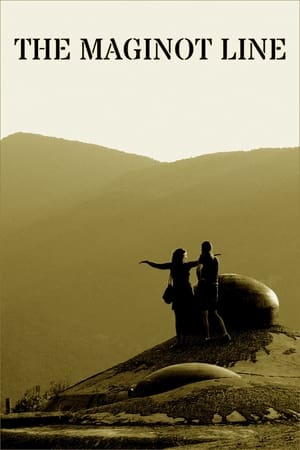 7.0
7.0The Maginot Line: France's Defensive Barrier(de)
The Maginot Line: thousands of subway bunkers and concrete defenses lining the French border from Belgium to the Mediterranean Sea, a monumental engineering feat that was celebrated as a technical masterpiece when it was created. When the impregnable wall was demolished by the unbeatable Nazi war machine in 1940, the conquered fortress became the shattered symbol of French defeat.
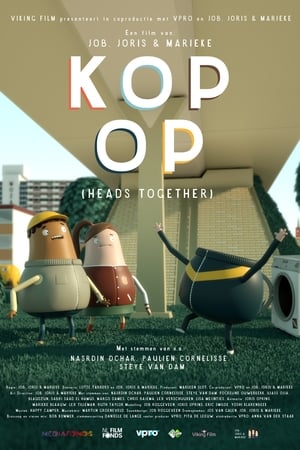 6.4
6.4Heads Together(nl)
Three friends with different cultural origins find an abandoned washing machine while playing. To their shock, they find out that the washing machine has strange powers: their heads are swapped by sticking them in the washing machine. When it turns out their heads can't be swapped back, they must go back home with each other's heads. Because their households have very different habits and traditions, they end up in awkard situations. Through these situations, they learn a lot of new things about each other.

